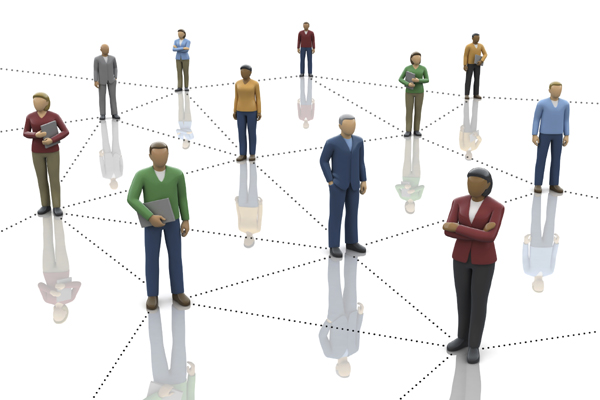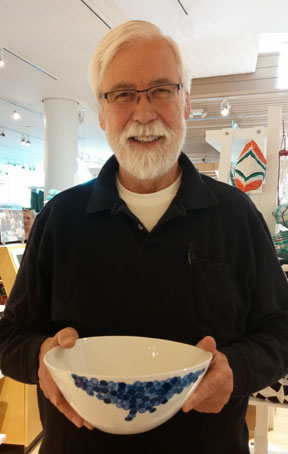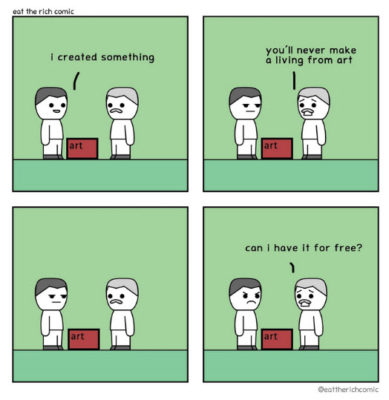The Tit-for-Tat List

I recently read this great article about “giving being
the secret to getting ahead.” Before you dismiss this
as some sort of new-age fairy dust, this was a column
in the New York times describing the research of
Wharton business professor Adam Grant. The
observations in this article were very interesting
and mostly personal to the very-very-young Ph.D and
his rise to success. But in it was a take-away theme
of his new book “Give and Take” that I have been
thinking about ever since. Let me quote it here:
“Givers give without expectation of immediate gain; they never seem too busy to help, share credit actively and mentor generously. Matchers go through life with a master chit list in mind, giving when they can see how they will get something of equal value back and to people who they think can help them. And takers seek to come out ahead in every exchange; they manage up and are defensive about their turf. Most people surveyed fall into the matcher category — but givers, Grant says, are overrepresented at both ends of the spectrum of success: they are the doormats who go nowhere or burn out, and they are the stars whose giving motivates them or distinguishes them as leaders. Much of Grant’s book sets out to establish the difference between the givers who are exploited and those who end up as models of achievement. The most successful givers, Grant explains, are those who rate high in concern for others but also in self-interest. And they are strategic in their giving — they give to other givers and matchers, so that their work has the maximum desired effect; they are cautious about giving to takers; they give in ways that reinforce their social ties; and they consolidate their giving into chunks, so that the impact is intense enough to be gratifying. (Grant incorporates his field’s findings into his own life with methodical rigor: one reason he meets with students four and a half hours in one day rather than spreading it out over the week is that a study found that consolidating giving yields more happiness.)”
I have noticed this distinction between givers, takers, and matchers throughout my life. Lately, I have also come to the conclusion that it is an artificial distinction created in us by the monetary system with inbuilt scarcity in the construct of how we interrelate to others in almost all of our daily transactions. If I give, that is less for me, right? If I take, I win! Accumulation, the tit-for-tat thinking, and the mental checklist so many keep in their minds is undergirded by a fear of being made the chump, a wound of believing people are out to get the better of you; that people will point their fingers and laugh at you for your naivete. Because all economic life is a competition in our neo-liberal society, we think that this is just simply the way life is supposed to be. It isn’t.
Adam Grant’s research touches on the fact that our basic nature is to give, and that people respond to giving, sometimes in spite of themselves. And the givers themselves want to be free of the tit-for-tat accounting, the fear, the cynicism that comes with treating gifts and givers as commodities. Letting go of the accounting system in our minds is freedom. It feels good and natural to give.
Timebanking is not a perfect giving system, but it is a step in the right direction. The “accounting” takes place outside of your own mind and in Community Weaver, the timebanking software. With use of this software, I find people tend to let the accounting go. At first they record their hours diligently and carefully, but when the relationships are built and the connection strong, people start forgetting to record and giving happens without accounting at all. Timebanking also has the added advantage of being a system that identifies other givers in the community. The element of trust is already there, just by virtue of people taking the time to join a timebank. “Givers enjoy giving to other givers,” says Adam Grant. And when givers offer gifts to other givers, the magic and generosity is multiplied exponentially.
That is the magic of timebanking…trust, giving of gifts, receiving gifts and allowing your community to care for itself in the ebb and flow of living together. I’m working on banishing the tit-for-tat list from my mind through timebanking, and truthfully, it has become a whisper…almost imperceptible.
If you want to discuss the above ideas, Contact Tony



